What’s in a bottle of water?
Dubai; Now we’ve all been preached at some point in our lives about the importance of drinking water, in fact a minimum of 1.5 litres a day. But how often do you ever consider the quality of the water you’re gulping down? And I am not referring to bottled versus tap water – but mineral v. spring v. drinking bottled water. Yes there is a huge difference.
In effect, there are three families of bottled water.
1. Natural mineral water; underground, protected water which is stable in mineral composition, microbiologically pure and bottled at source. Mineral content MUST appear on the label. No disinfection treatments are allowed and no additional minerals, vitamins or other ingredients are permitted, only carbon dioxide can be added or removed (helps with digestion apparently)! Masafi labels itself ‘pure natural mineral water’ but infact it’s drinking water.
2. Spring water; underground water which is intended for human consumption in its natural state, and bottled at the source. Spring water has to comply with the conditions of exploitation and the microbiological requirements applicable to natural mineral water. The difference with no 1 is that several types of physical treatments are permitted, and the mineral content does not have to be labelled. Another local culprit is Gulfa who claims to be spring, but yet again it’s drinking water.
3. Purified or drinking water; may originate from any type of water supply that has been treated with additional processes such as microfiltration, distillation, deionisation or reverse osmosis. These treatments generally go beyond what public suppliers can do. This type of bottled water is usually labelled as purified water or drinking water.
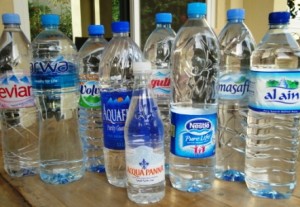 With this in mind, FooDiva has pulled together a chemical analysis of nine bottled water brands just for you, and moi of course. Now I didn’t go back to my school’s chemistry lab, but simply read the labels like we should with any food packaged purchase, but sometimes forget. Click here to see for yourselves.
With this in mind, FooDiva has pulled together a chemical analysis of nine bottled water brands just for you, and moi of course. Now I didn’t go back to my school’s chemistry lab, but simply read the labels like we should with any food packaged purchase, but sometimes forget. Click here to see for yourselves.
It was the ‘Total Dissolved Solids’ content that shocked FooDiva; a high TDS amount gives water a bitter or salty taste. And that’s because it comes from natural sources, sewage, urban runoff, industrial wastewater, and chemicals used in water treatment – it’s also dependent on the quality of the water pipes. Notice that the mineral water brands have no TDS.
Daily intake of a high mineral content water can be very healthy, for instance I swopped a drinking water brand with a mineral water brand for a period of a month, ridding me of cramps – yikes the joys of growing old. It’s the magnesium that does it for me. But mineral water also has a price attached to it – almost seven times more expensive than drinking water. But we don’t think twice about ordering wagyu beef or at least FooDiva’s doesn’t, so why do we with water?
On the flip side, more minerals do not always make for healthier water, for instance high amounts of sodium won’t do your blood pressure much good. So FooDiva’s advice to you, is check these water compositions before selecting your next purchase, and decide what suits you and your family’s health and budget requirements best.
And just for a laugh, read this earlier Riedel post to see how water (Arwa in this case) tastes different when swopping glasses!
Before I sign off I’d like to thank Nestle Waters for educating FooDiva on all things water. Aside from Pure Life, they also sell Acqua Panna, Perrier and Vittel – the latter arrives in U.A.E supermarkets any day now.
A bientôt.
FooDiva. x
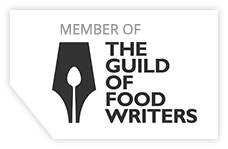















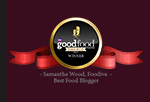








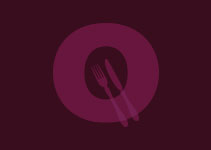

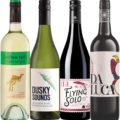


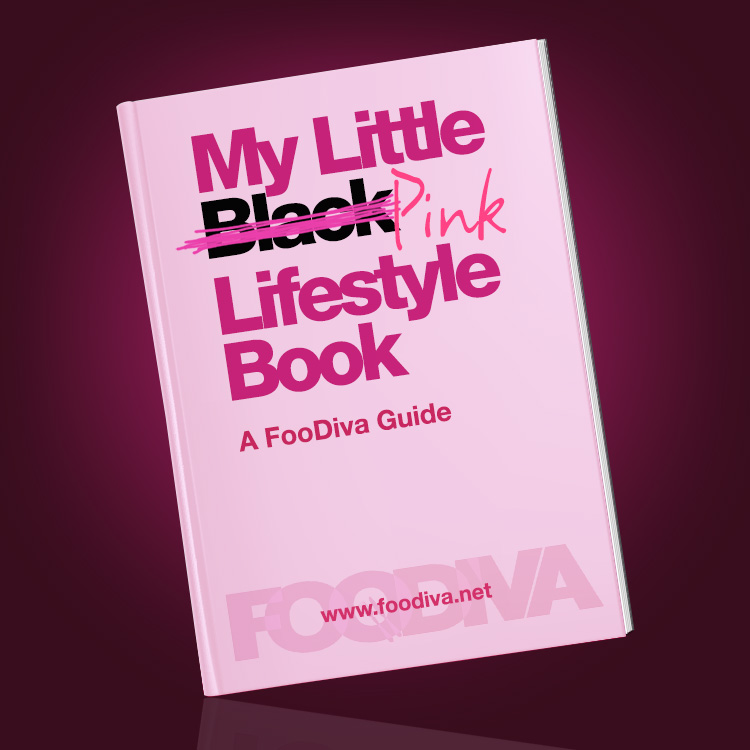




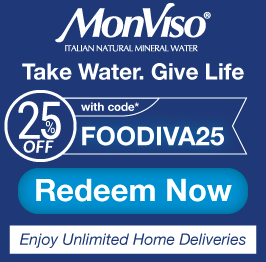

Thanks for the run-down. I had no idea! Got to say, I love Apollinaris, because it’s quite salty. I tell you, water ‘aint water!
I am the opposite, love the sweetness of Acqua Panna!
I agree – I like the softness of Aqua Panna. I changed to Nestle Pure Life because I was told that it was bromine-free and apparently in the sunshine (where these bottles are stored) bromine turns to bromide (potentially cancerous). I have never researched this for accuracy however. The plastic also reacts with the water in the sun and many people boycott PET for this reason (I can’t see an alternative though). Shocked at how much sodium Nestle has in it and TDS (yuk). Your chart is very interesting indeed.
There was a furore when consumers in London realised that Aquafina and Dasani (Pepsi and Coke owned respectively) was bottled London tap water!
Very true re PET bottles – they should always be kept away from sunlight, and thrown away after use, ie. don’t refill to minimise the potentially cancerous toxins. The only other alternative is to to buy glass bottles of water which some of the mineral brands have, but that would be a tad luxurious!
this is such an informative post, I didn’t even know about the whole TDS thing…and I’ve been ingesting Masafi for years now. I guess I’m ok thus far, maybe I’ve become immune?
you know, Wafi valets had been giving out these boxes of ‘gourmet water’ for free to guests…I’ve been meaning to open it and try it out, your post has inspired me to do just that!
Thanks Arva. Would be interested to hear the composition of Wafi’s gourmet water, so keep me posted!
It’s a mad, mad world.
You can take water from the air, or from DEWA, buy proper filters as long as they are NSF approved and have whatever mineral content you want in your water … at under 4 fils per liter. Yes … 4 fils per liter, not 5 dirhams. You are all paying for a company to filter water, when you can do it yourself. And they make you carry it home ….
And here is some more … The story of bottled water … http://www.storyofstuff.com